Search
Search Results
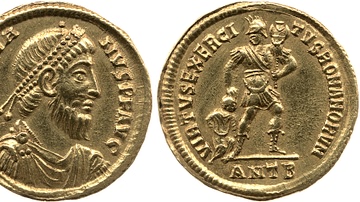
Image
Gold Coin of Julian the Apostate
Gold coin of Roman emperor Julian the Apostate (r. 361-363 CE), minted in Antiochia ad Orontem.
British Museum, London.
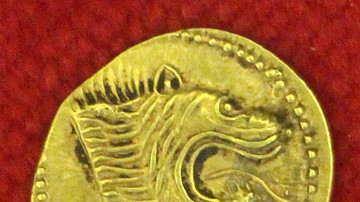
Image
Etruscan Gold Coin
Etruscan gold coin from Populonia, 5th century BCE.
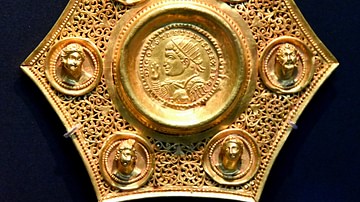
Image
Gold Coin Pendant of Constantine
Gold pendant set with a coin of Constantine the Great, c 320s CE. The British Museum, London. The pendant is made in a pierced metalwork technique popular in fine jewellery of the time. The obverse of the coin depicts a bust of Constantine...
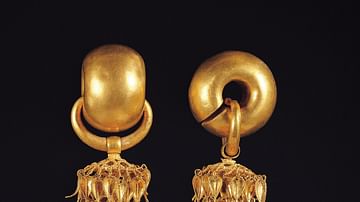
Image
Silla Gold Earrings, National Treasure 52
5-6th century CE gold earrings from the Silla Kingdom (57 BCE - 668 CE) of south-eastern Korea. From a tomb in the Gyeongju area. National Treasure No. 52. (National Museum of Korea, Seoul, South Korea)
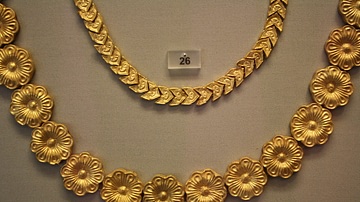
Image
Mycenaean Gold Necklaces, Dendra
A Mycenaean gold necklace from Dendra, 15-14th centuries BCE. (National Archaeological Museum, Athens)
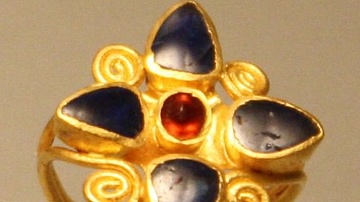
Image
Roman Gold & Saphire Ring
Roman gold and saphire ring, second half of the 2nd century CE. The ring has a garnet centre stone. From an unidentified marble sarcophagus in Rome. (Palazzo Massimo, Rome)

Image
Gold Dinar of Al-Mansur
Dinar (gold coins) minted in the reign of al-Mansur (r. 754-775 CE) of the Abbasid dynasty (750-1258 CE).
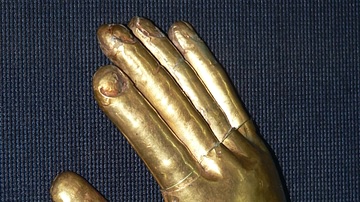
Image
Lambayeque Gold Glove
A gold glove from a tomb of the Lambayeque Civilization of northern Peru, 900-1375 CE. (Museo Oro del Perú y Armas del Mundo, Lima, Peru)
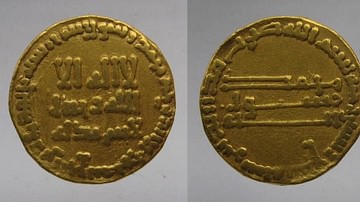
Image
Gold Dinar of Al-Mahdi
Dinar (gold coin) minted in 783 CE, during the reign of al-Mahdi (r. 755-785 CE) of the Abbasid dynasty (750-1258 CE).
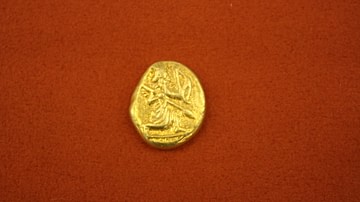
Image
Persian Gold Daric
Gold daric from Persia, kingdom of Achaemenids, 5th-4th century BCE. O: King with bow and quiver. R: Incuse oblong.